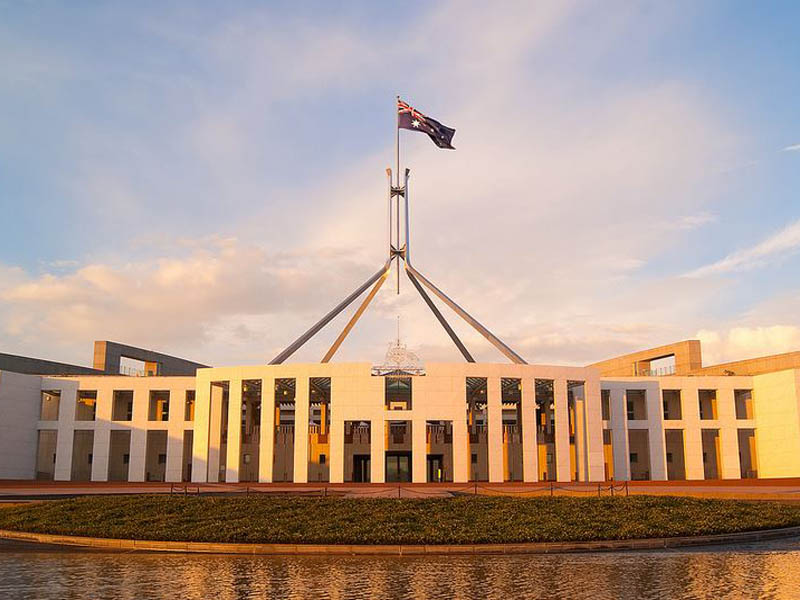As Australian voters head to the polls on Saturday to elect a new federal government, they will have a clear choice between Prime Minister Scott Morrison’s stay-the-course, steady-as-she-goes pitch for re-election, and Bill Shorten’s calls for sweeping policy change.
The differences in the way the 2019 campaign has been fought has been stark. In the hyper-centralised presidential-style campaign of the Liberal Party, Scott Morrison did all the heavy lifting.
Across all portfolios, the Prime Minister seemed at times to be the only spokesperson. Ministers were on the sidelines as the Coalition campaign headquarters kept the spotlight tightly trained on the boss.

By contrast, the Labor campaign, while hardly devolved, allowed its senior ministers and subject matter experts to prosecute the Opposition’s arguments across a breadth of portfolios, and this has been effective.
In policy areas that are the focus of InnovationAus.com – and this covers everything from skilled migration, education and training, research, and access to capital, among other things – Labor has been persuasive.
On issues of technology and innovation alone, on developing Australia’s industrial capability in areas where great technological change is sweeping the world, and in a different approach to building a new economic base for the future, a change of government is in order.
The Coalition can rightly claim ownership to creating the spark that initiated a new ambition for Australia.
The launch of the National Innovation and Science Agenda under former Prime Minister Malcolm Turnbull will perhaps be seen in the future as the moment when Australia finally awoke to the great opportunities of the so-called fourth industrial revolution that the rest of the developed world had already embraced.
The NISA policies seem modest only in hindsight. At the time, when the innovation policy agenda was barren, Mr Turnbull as Prime Minister – from his very first press conference – changed the national agenda, quite radically.
But the reality is that the agenda lost its momentum. Under a crazy succession of ministers running the industry portfolio (count them off: Macfarlane, Pyne, Hunt, Sinodinos, Cash, Andrews) since the Coalition was elected in 2013 the initial thrust sputtered.
By the time the Bill Ferris-led Innovation and Science Australia board handed down its 2030 strategy to a tepid response from leadership, the momentum was gone and the appetite for ambition was lost.
There is a lesson in this, as if it needed learning. It is that consistency of leadership is paramount, and that leadership must come from the top. The Prime Minister must be an active participant in innovation policy, because ultimately it is a whole of government exercise, from Tax to Trade to Education to Immigration.
It is not clear how directly entrenched Bill Shorten is in innovation policy. But Labor has demonstrated greater ambition for Australian industry and put forward a more coherent and integrated policy plan for Australia’s future in this area.
Mr Shorten has also run a gutsy campaign – almost the opposite of small target strategy – with courage and a disciplined team. He has been more ambitious, and more consistent.
When you change government, you change the nation.
In the technology sector, in the race to address the challenge and opportunities of the current information revolution, it is time to change the government.
Do you know more? Contact James Riley via Email.

